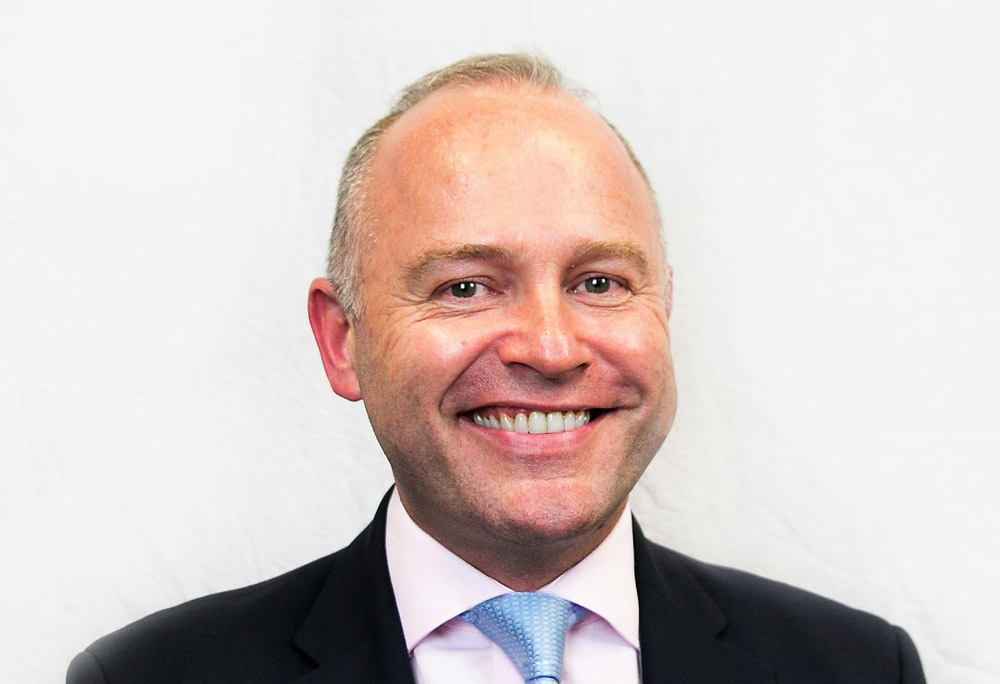Catholic Schools NSW supports new education funding package

CSNSW Chief Executive Officer Dallas McInerney
The new school funding arrangements announced today will ensure NSW families continue to have the choice of an affordable non-government school for their children, according to Catholic Schools NSW.
“The new Federal Education Minister, Dan Tehan, deserves credit for recognising that the changes made to school funding last year threatened the future of low-fee non-government schools in some parts of the state,” CSNSW Chief Executive Officer Dallas McInerney said.
“The 2017 changes would have forced dozens of Catholic primary schools in middle and high socio- economic parts of NSW to substantially increase their fees in coming years – in some cases, taking fee levels past $10,000 per year,” Mr McInerney said.
“Faced with such a massive fee hike from Kindergarten to Year 6, most parents would have withdrawn their children and enrolled them in the free government school nearby. This has now been averted.
“It would have put more pressure on government schools and increased the cost to taxpayers who must fully fund government school students and only partly fund non-government school students.
“The government has recognised that needs-based funding policy for schools is to include the need for choice and diversity in our school sector.”
RELATED ARTICLES:
- Catholic parents breathe a sigh of relief: CCSP
- School funding changes support families: NCEC
- CSPA welcomes new funding arrangements for non-government schools
- School funding announcement recognises needs of Catholic families: Catholic Education
Mr McInerney said some technical aspects of the school funding model still need to resolved in the future but today’s changes meant substantial fee increases will now be avoided at Catholic primary schools in suburbs such as Castle Hill, Coogee, Oatley, Manly and Leichhardt.
“This would have led to a decline in enrolments, ultimately forcing schools to close and denying parents an affordable school choice in areas where that choice had been available for generations.”
Mr McInerney said the new school funding arrangements will re-assess the socio-economic status (SES) of parents at non-government schools more accurately than the current methodology.
“The existing SES methodology relied on parents’ addresses to estimate the wealth of a school community and therefore how much funding the school would attract. This was flawed because it assumed all families in the same neighbourhood were equally wealthy, which is not the case.
“Low-fee schools draw a higher proportion of students from lower income families and therefore need more funding support. A fairer formula is now being developed, based on the average income levels of parents’ at each non-government schools,” Mr McInerney said.
“Importantly, the government has committed to a full review of the funding model to consider the longer term challenges to systemic schools.”
Catholic Schools NSW represents the state’s 595 Catholic schools and their 255,000 students.


